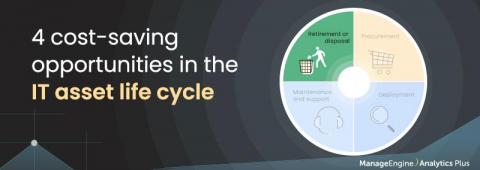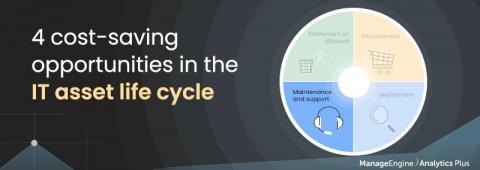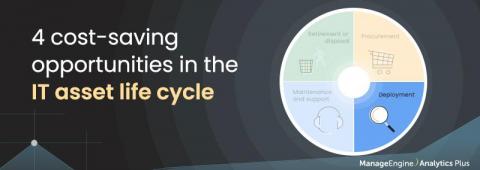How Government Agencies Defend Against Increasing Cyberthreats
Whether military, a civilian agency, or even a public education institution, organizations across the public sector have witnessed a substantial increase in cyberattacks. There were a number of hits on education around this time last year, and then on health-related agencies as the COVID-19 pandemic struck. So, how do government agencies ensure their security posture is up to the task of defending against increasingly opportunistic forces of evil?











